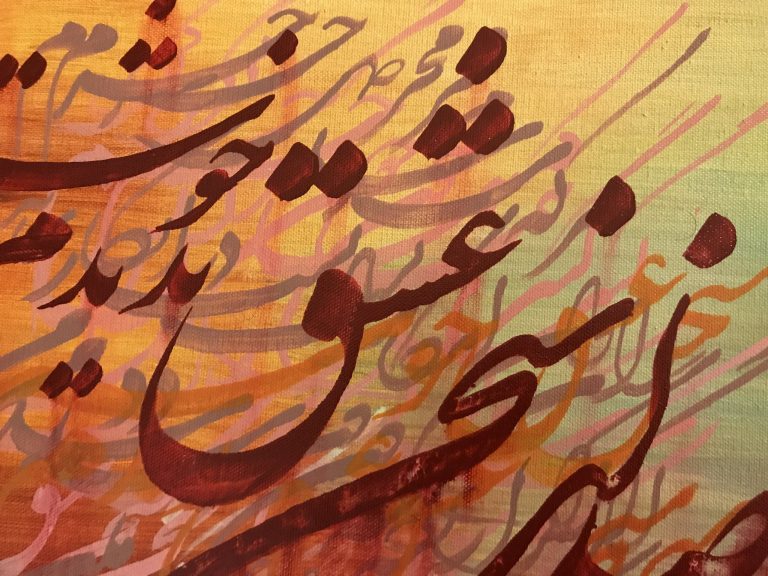Persian Alphabet
The Persian alphabet is a writing system for the Persian language. People in Iran, Afghanistan, and Tajikistan speak Persian or varieties of Persian languages. Iranians basically borrowed this system from the Arabic alphabet, but it has some differences and additions. It consists of 32 letters, however, it has four letters that Arabic doesn’t have. These letters are: پ (p), چ (ch), ژ (zh), and گ (g). The Persian alphabet also has different names and pronunciations for some of the letters in Arabic.
Features of Persian Alphabet
This alphabet system is written from right to left, and most of the letters are connected to each other in a word. However, unlike Arabic, Persian does not have short vowels as separate letters but uses six symbols under or above the letters to indicate the vowel sounds. These symbols are harakat (حرکات), and they are َ (a), ِ (e), ُ (o), ً (an), ٍ (en), and ٌ (un). Sometimes, users omit this harakat in writing, especially in informal texts or when the vowel sounds are clear from the context.
The Persian alphabet also has some special features that one cannot find in Arabic. For example, the letter و (v) is both a consonant and a long vowel (u or o), depending on its position and context. The letter ه (h) is also a consonant and as a long vowel (a or e), or as a silent letter at the end of some words. The letter ی (y) can be a consonant or a long vowel (i or e), or a marker of the plural or possessive forms of some nouns.
This alphabet is not only for writing Persian, but also for some other languages that have been influenced by Persian culture and literature, such as Urdu, Kurdish, Pashto, Balochi, and Azerbaijani.
Tajiki, which is another variety of Persian, doesn’t use this writing system, rather it uses Cyrillic handwriting.
Afghani variety of Persian language, also called Dari, uses the same alphabet system. However, it uses different spellings and additional letters to represent their specific sounds.
